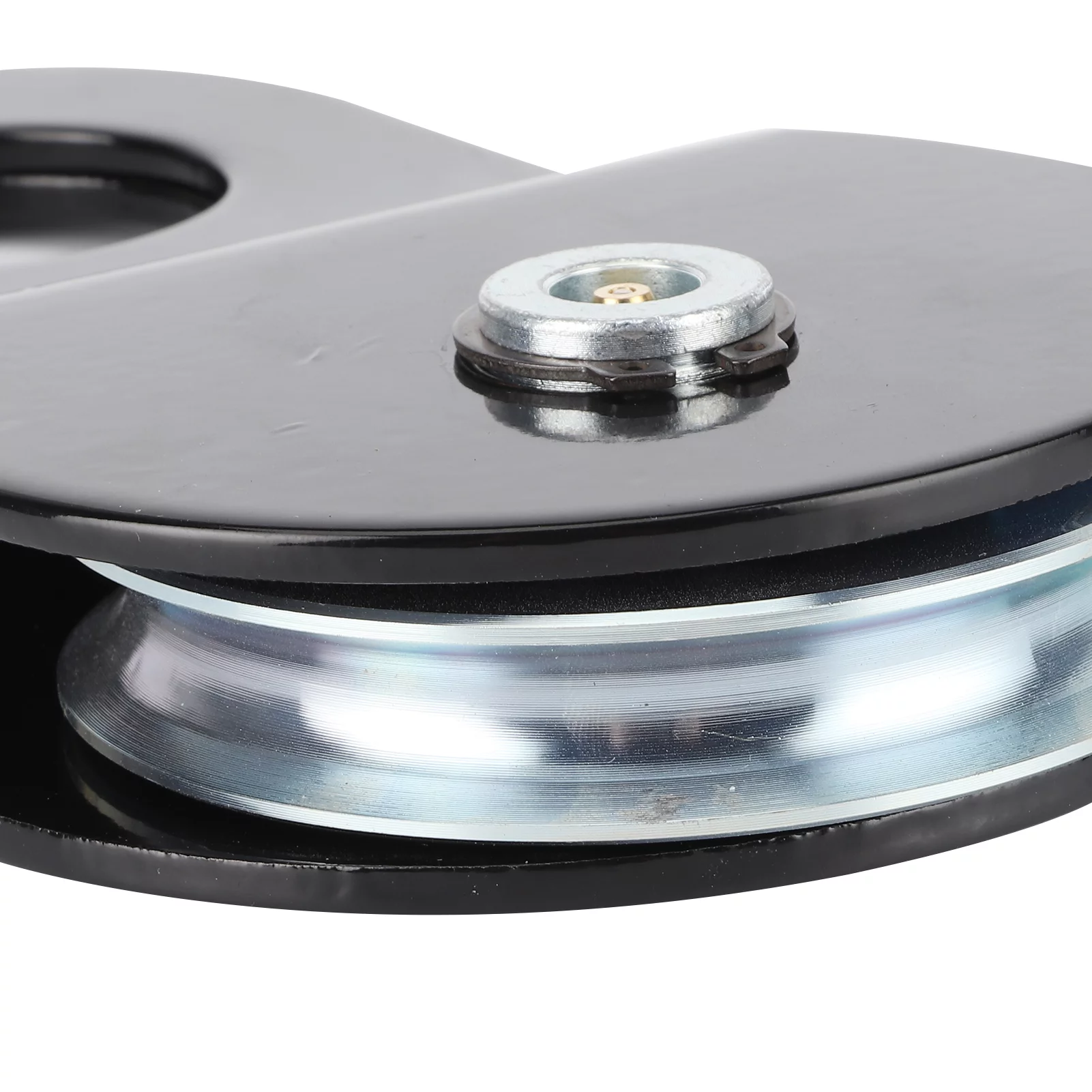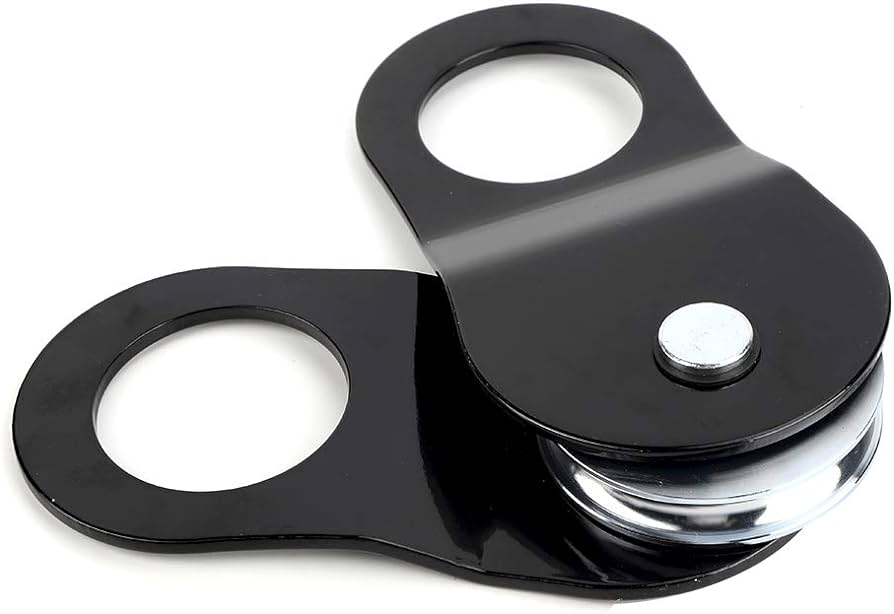Product Description
Casting and Machining Belt Pulley for Italy customer
1. Material: Cast iron GG25, Ductile iron,grey iron
2. Process: machining - phosphating
3. Size:1C230,1C250,1C170,1B250,1B230
Specifications
Various Types of Pulley GG20/GG25/GG30/V-Belt Pluuey
1.Produce as drawings
2.on time delivery
3.ISO,CCC Reliable qualit
Various Types of Pulley GG20/GG25/GG30/V-Belt pulley
Specifications:
Process: casting-machining-palstics spraying-packaging
Technical: sand casting
Material: China-HT200/HT250/HT300 Germery-GG20/GG25/GG30
Dimension: as customer's request
Casting level: CT10-CT11
Surface roughness: Ra25
Packaging: wooden cases or as customer's drawings
Surface treatment: shot blasting, plastic spraying, paint spraying
Equipment: cupola, electric furnace
Weight: 0.5kg-100kg
Surface colour: plastic spraying RAL2004/black paint/ antirust paint
Inspection:
In-house and third partyUniversal
All the products are strictly inspected by the operators and skilled QC
inspection tools: hardness tester, height ruler
Production Procedure:
Drawings→Mould developing→Raw casting→Sandblasting→Rough machining or finish machining→Surface treatment→Inspection→Packing→Delivery strictly
We can produce the pulleys according to the drawings and samples provided by the customers with excellent quality and competitive price.
As an experienced casting manufacturer, we assure you the quality! Our products are through careful inspection, and our quality is high and reliable which have been achieved cutomers' satisfaction!
If you are interested in our products, please do not hesitate to contact us!
|
HangZhou Jiangdashengye Trade co.,ltd. |
|
|
OEM SERVICES |
|
|
Service |
Drawings or samples processing/OEM/ODM service provided |
|
Produce Process |
Drawings→ mould making →raw casting → sandblasting →rough machining or finish machining →surface treatment →product checking→ packing →delivering |
|
Casting Material |
Cast Iron, Grey Iron, Ductile Iron,Carbon Steel, Stainless steel, Alloy steel, |
|
Standard |
ISO, GB, ASTM, DIN, JIS |
|
Equipment |
melting furnace, centrifugal casting machines coated CHINAMFG machine CNC machines turning machines grinding machines milling machines drilling machine punching machines laser carving machine |
|
Surface treatment |
Heat treatment, Polishing, Sand blasting, Painting, Electro-plating, Chemical Plating, and other machining processing. |
|
Inspection Equipments |
Spectrum analysis instrument, Metallurgical analysis, Tensile strength tester, Hardness tester, Roughness tester, deflection tester, Impact test machine, Projector, Altimeter, Scale Micrometer, pressure tester, etc. |
|
Delivery |
Sample sent to customer by air. Large quantity products delivered to customer by sea from xingang,China |
|
Payment terms |
L/C at sight or 30% T/T as deposit and balanced 70% to pay before |
v pulley, v belt pulley, v groove pulley, v groove belt pulley, taper lock pulley, taper lock v belt pulley, taper lock bushing pulley, taper lock pulleys / taper bore pulley, large v belt pulley, double v belt pulley, cast iron v belt pulley belt pulley, variable speed v belt pulleys, v belt pulley split pulley, cast iron v belt pulley
V belt pulley specifications:
1) European standard:
a) V-belt pulleys for taper bushings: SPZ, SPA, SPB, SPC; up to 10 grooves
b) Adjustable speed V-belt pulleys and variable speed pulleys
c) Flat belt pulleys and conveyor belt pulleys
2) American standard:
a) Sheaves for taper bushings: 3V, 5V, 8V
b) Sheaves for QD bushings: 3V, 5V, 8V
c) Sheaves for split taper bushings: 3V, 5V, 8V
d) Sheaves for 3L, 4L or A, and 5L or B belts: AK, AKH, 2AK, 2AKH, BK, BKH,2BK, 2BKH, 3BK
e) Adjustable sheaves: poly V-pulley, multi-pitch H, L, J, K and M
3) Bore: pilot bore, finished bore, taper bore, bore for QD bushing
4) Surface finish: paint, phosphating, zinc plated
5) Material: cast iron, ductile iron, nylon, aluminum
6) Made according to drawings and/or samples, OEM inquiries welcomed
Now we send photo of our production as follows:
/* January 22, 2571 19:08:37 */!function(){function s(e,r){var a,o={};try{e&&e.split(",").forEach(function(e,t){e&&(a=e.match(/(.*?):(.*)$/))&&1
| Size: | 1c250 |
|---|---|
| Size2: | 1c230 |
| Size3: | 1b270 |
| Size4: | 1b250 |
| Name: | Casting and Machining Belt Pulley |
| Transport Package: | Wooden Packing |
| Samples: |
US$ 3.5/Piece
1 Piece(Min.Order) | |
|---|
| Customization: |
Available
| Customized Request |
|---|
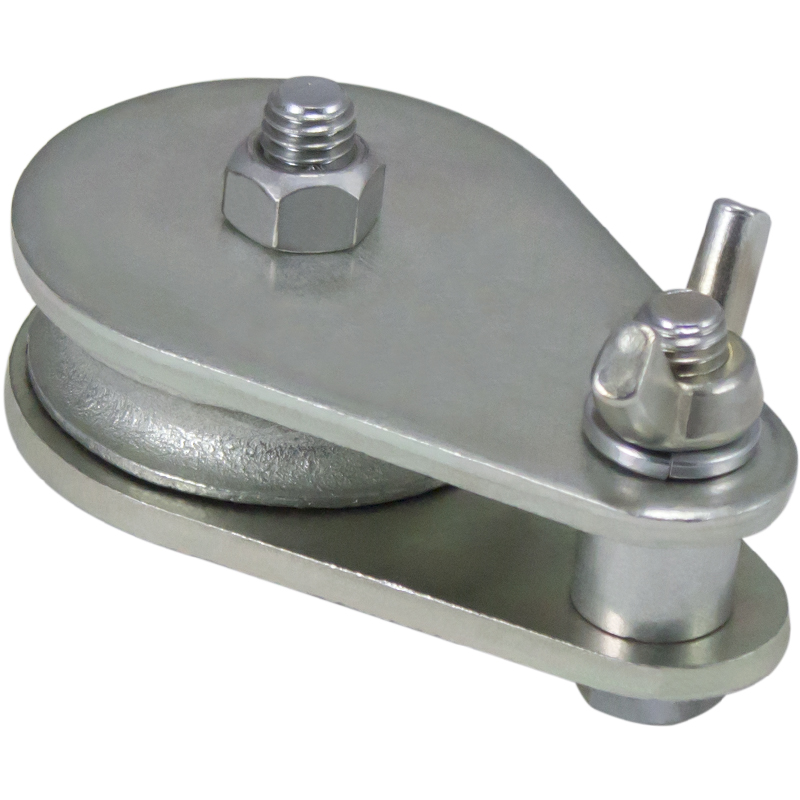
How are winch pulleys integrated into industrial and construction equipment?
In industrial and construction equipment, winch pulleys are commonly integrated to provide lifting and pulling capabilities. Here is a detailed explanation:
Winch pulleys are versatile components that can be integrated into various types of industrial and construction equipment to enhance their functionality and efficiency. They are typically used in conjunction with winches, cables, and ropes to facilitate the movement of heavy loads, provide mechanical advantage, and enable controlled lifting or pulling operations. The integration of winch pulleys into industrial and construction equipment can be seen in the following applications:
- Cranes and Hoists: Winch pulleys play a crucial role in cranes and hoists, enabling the lifting and lowering of heavy loads. They are often mounted at strategic points within the crane or hoist system, allowing the cables or ropes to change direction and provide the necessary mechanical advantage. Winch pulleys help distribute the load, reduce the effort required, and ensure smooth and controlled movement of the lifted loads.
- Material Handling Equipment: In industrial settings, winch pulleys are integrated into material handling equipment such as forklifts, conveyor systems, and overhead cranes. They assist in moving materials, goods, or components within factories, warehouses, or construction sites. Winch pulleys are used to guide and redirect cables or ropes, enabling precise positioning and efficient transfer of loads.
- Construction Machinery: Winch pulleys are commonly found in construction machinery, including excavators, bulldozers, and backhoes. They are utilized for tasks such as lifting heavy objects, pulling loads, or operating attachments. Winch pulleys allow the machinery to exert greater force, improve control, and perform tasks that require substantial power or precision.
- Vehicle Recovery Systems: Winch pulleys are essential components in vehicle recovery systems, such as those used in off-road vehicles, tow trucks, or recovery vehicles. They are used to redirect the winch cable's direction, providing a mechanical advantage and facilitating the safe recovery of stuck or immobilized vehicles. Winch pulleys help distribute the load and increase pulling capacity, allowing for effective vehicle extraction.
- Elevators and Lifts: Winch pulleys are integral to elevators and lifts, ensuring smooth and controlled vertical movement. They are used to guide and redirect the cables or ropes connected to the elevator car or lift platform. Winch pulleys help distribute the load evenly, minimize friction, and provide the necessary mechanical advantage to transport people or goods between different levels.
- Tensioning and Rigging Systems: Winch pulleys are employed in tensioning and rigging systems used in construction, bridge building, and other structural projects. They assist in applying tension to cables or ropes, adjusting the tension levels, and maintaining stability and safety in various applications. Winch pulleys in tensioning systems help distribute the load evenly and ensure proper alignment and tensioning of cables.
The integration of winch pulleys into industrial and construction equipment requires careful engineering and consideration of factors such as load capacity, operational requirements, safety regulations, and environmental conditions. Manufacturers of industrial and construction equipment design and incorporate winch pulleys into their machinery to provide reliable and efficient lifting and pulling solutions for a wide range of applications.
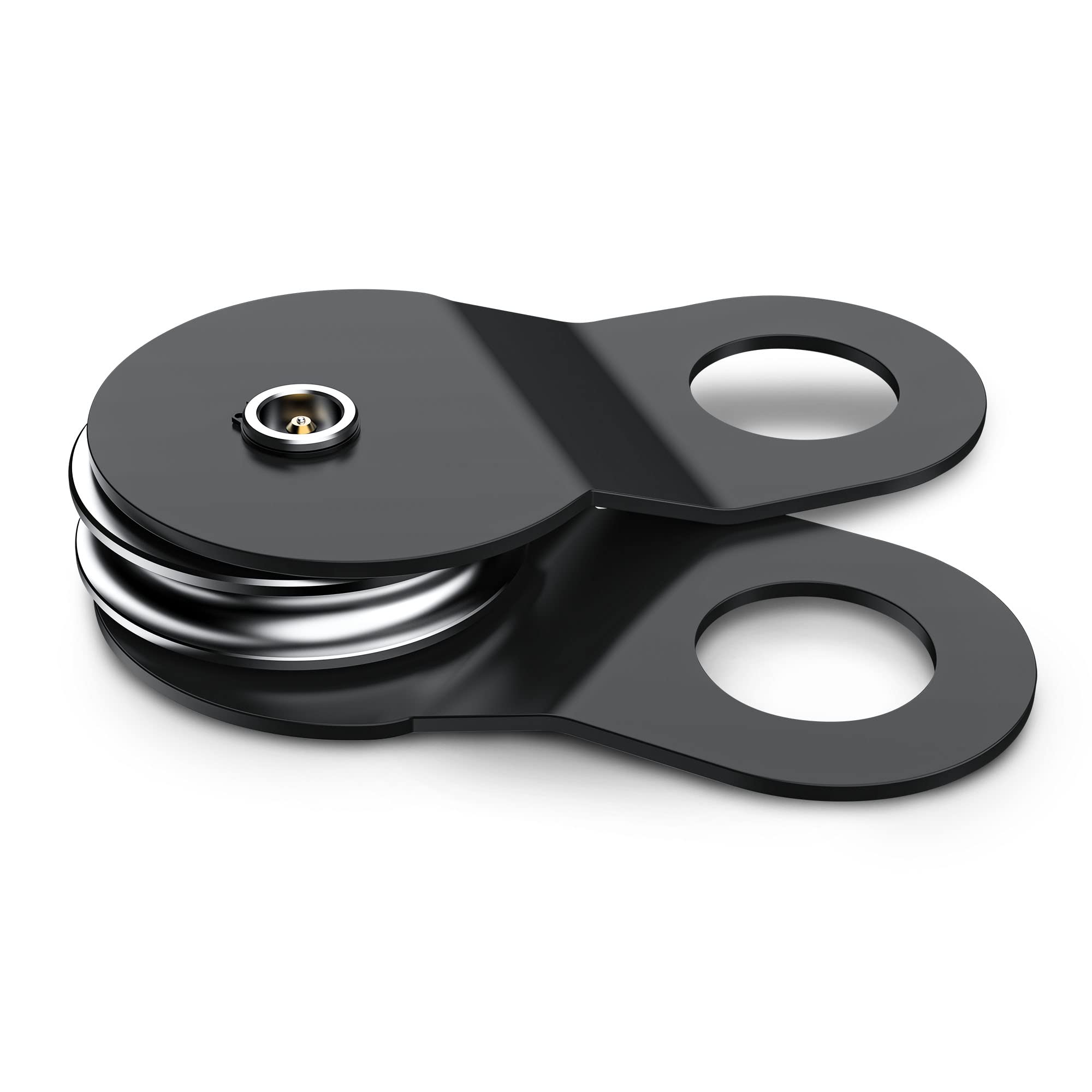
How do winch pulleys contribute to marine and boating equipment?
Winch pulleys play a significant role in marine and boating equipment. Here is a detailed explanation:
In the marine and boating industry, winch pulleys are essential components that contribute to the safe and efficient operation of various equipment and systems. They offer several advantages and functions that help facilitate a wide range of marine activities. Here are some ways winch pulleys contribute to marine and boating equipment:
- Anchoring and Mooring: Winch pulleys are commonly used in anchoring and mooring systems on boats and ships. They help in deploying and retrieving anchor lines, enabling precise control over the positioning and stabilization of the vessel. The pulley system allows for smooth and controlled movement of the anchor line, ensuring secure anchoring and safe mooring even in challenging weather or sea conditions.
- Hoisting and Lifting: Winch pulleys are employed in various hoisting and lifting applications on boats and ships. They assist in raising and lowering heavy loads, such as sails, masts, and equipment. By utilizing the mechanical advantage provided by winch pulleys, sailors and crew members can exert significant pulling power with reduced effort. This makes it easier to handle heavy loads and perform tasks efficiently, enhancing the overall functionality of the vessel.
- Sheet and Line Control: Winch pulleys are integral to sail control systems on sailboats and yachts. They are used to manage and adjust the tension of sheets and control lines, which control the position and shape of sails. Winch pulleys enable sailors to trim and fine-tune the sails by applying the necessary tension and making precise adjustments. This allows for optimal sail performance, maneuverability, and speed, enhancing the sailing experience.
- Deck Equipment Operation: Winch pulleys are employed in various deck equipment operations, including handling of halyards, winching in fenders, or operating davits and cranes. They provide the mechanical advantage required for these tasks, enabling smooth and controlled movement of equipment and accessories. Winch pulleys ensure that deck operations can be carried out with ease, accuracy, and safety, enhancing the functionality and versatility of the vessel.
- Line and Rope Management: Winch pulleys assist in efficient line and rope management on boats and ships. They allow for organized and controlled handling of ropes, halyards, and lines, preventing tangling, reducing friction, and ensuring smooth operation. Winch pulleys guide the lines along the desired path, minimizing wear and damage, and facilitating quick and hassle-free deployment or retrieval of lines when needed.
- Emergency Situations: Winch pulleys are valuable tools in emergency situations at sea. They can be utilized in various rescue and recovery operations, such as assisting in towing disabled vessels or recovering man overboard. Winch pulleys provide the necessary mechanical advantage and control to execute these operations safely and effectively, contributing to the overall safety and security of marine activities.
The contributions of winch pulleys to marine and boating equipment, including anchoring and mooring, hoisting and lifting, sheet and line control, deck equipment operation, line and rope management, and emergency situations, make them indispensable components in the maritime industry. Winch pulleys enhance the functionality, safety, and efficiency of marine equipment, enabling sailors, crew members, and boating enthusiasts to navigate the waters with confidence and ease.
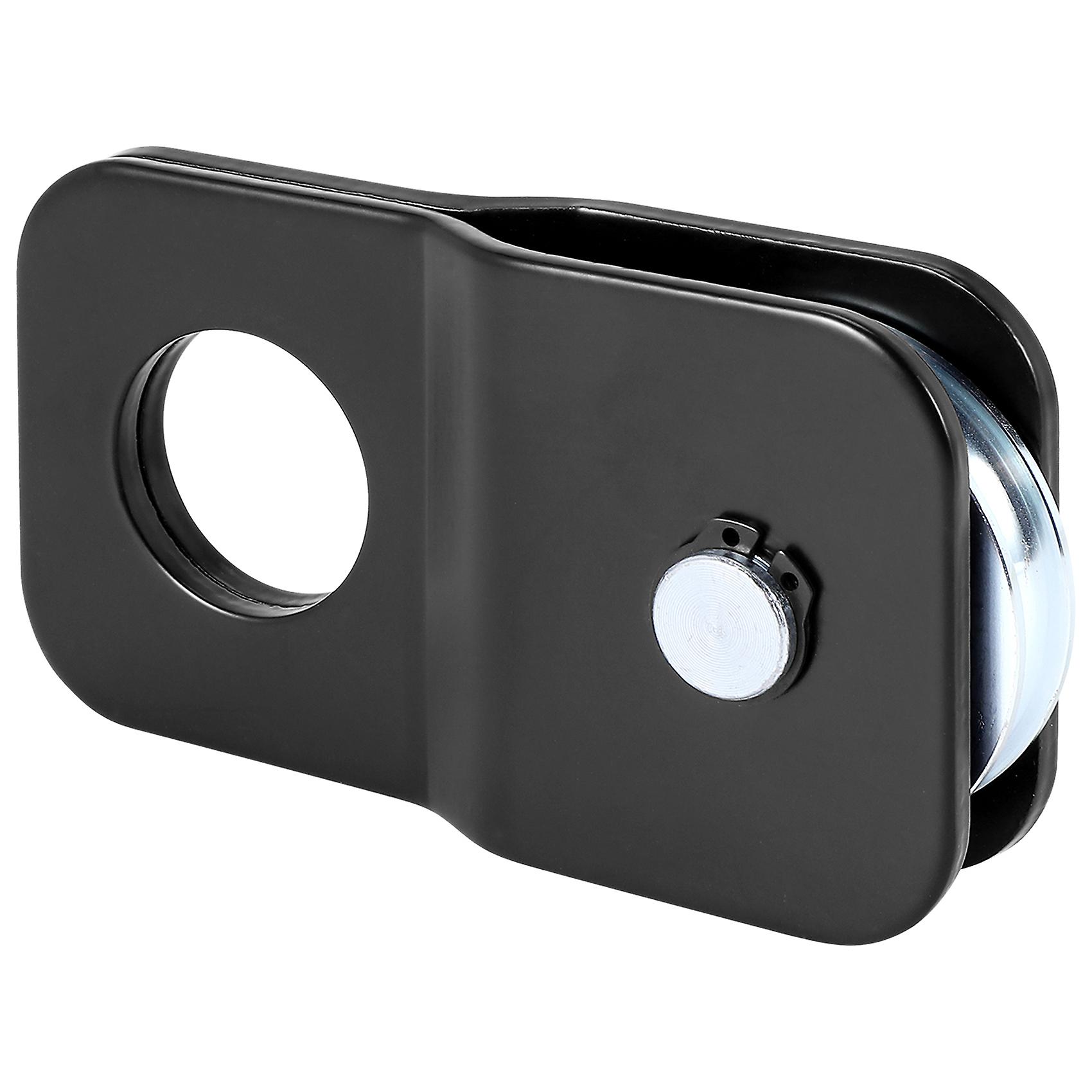
Can you explain the components and design features of a winch pulley?
A winch pulley consists of several components and incorporates specific design features to ensure its functionality and durability. Here is a detailed explanation of the components and design features of a winch pulley:
- Sheave: The sheave, also known as the wheel or pulley wheel, is a central component of the winch pulley. It is a grooved wheel that guides the winch cable or rope. The sheave typically has a V-shaped groove or multiple grooves to ensure proper alignment and secure grip on the cable or rope. The size and design of the sheave may vary depending on the intended application and load capacity of the winch pulley.
- Frame or Housing: The sheave is mounted on a frame or housing, which provides support and stability for the winch pulley. The frame is designed to hold the sheave securely in place and withstand the forces and loads encountered during winching operations. It may have a compact and lightweight design for portable winches or a more robust and heavy-duty construction for industrial or off-road applications.
- Attachment Point: The frame of the winch pulley typically includes an attachment point, such as a hook or a shackle, for connecting the pulley to an anchor or a load. This attachment point allows for secure and reliable connection, ensuring that the pulley can effectively transmit the pulling force between the winch and the load.
- Materials: Winch pulleys are commonly made from durable and high-strength materials to withstand the demanding conditions of winching operations. Steel is a commonly used material for winch pulleys due to its strength and resistance to wear and deformation. Some winch pulleys may also incorporate high-strength alloys or other specialized materials to enhance performance and longevity.
- Bearings: Bearings are critical components of winch pulleys as they enable smooth rotation of the sheave. High-quality bearings are used to minimize friction and ensure efficient operation. The bearings may be sealed or shielded to protect against contaminants and maintain proper lubrication, enhancing the overall durability and performance of the winch pulley.
- Load Rating: Winch pulleys have specific load ratings that indicate their maximum capacity to handle loads. The load rating is determined based on factors such as the strength of the materials used, the design of the sheave, and the overall construction of the winch pulley. It is important to select a winch pulley with a load rating suitable for the intended application to ensure safe and efficient operation.
- Finish and Coating: Some winch pulleys may incorporate finishes or coatings to enhance their performance and durability. For example, a corrosion-resistant coating or plating can be applied to protect the winch pulley from rust and corrosion, particularly in outdoor or marine environments. Surface treatments may also be used to reduce friction, improve wear resistance, or enhance the pulley's overall performance.
In summary, a winch pulley consists of components such as the sheave, frame or housing, attachment point, bearings, and may incorporate materials, load ratings, and finishes or coatings. The sheave guides the winch cable or rope, while the frame provides support and stability. The attachment point allows for secure connection, and high-quality bearings ensure smooth rotation. The materials used are durable and high-strength, and the load rating indicates the maximum capacity of the winch pulley. Finishes and coatings can be applied for protection and improved performance. These components and design features collectively contribute to the functionality, durability, and reliability of winch pulleys in various winching applications.


editor by CX
2024-05-08
